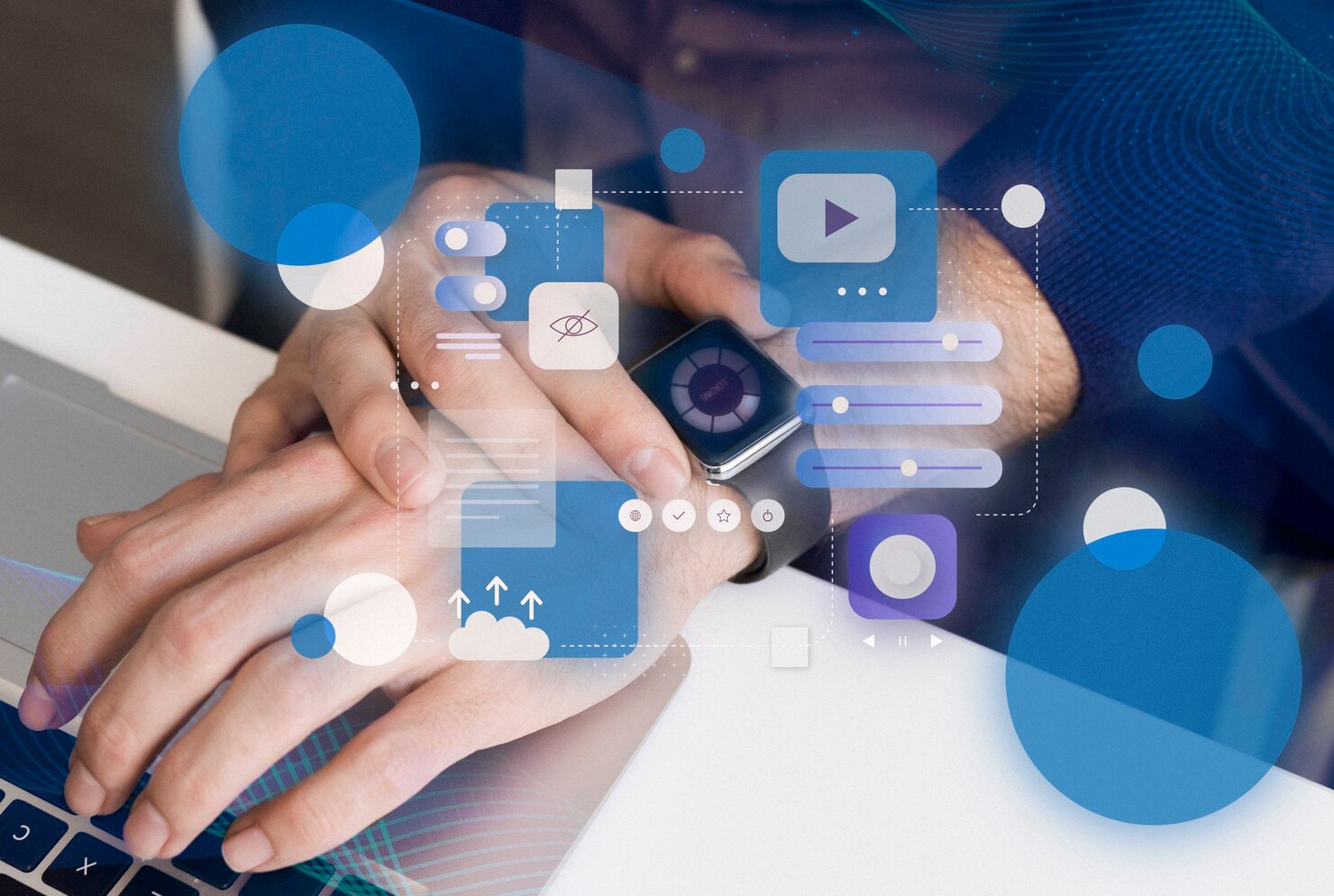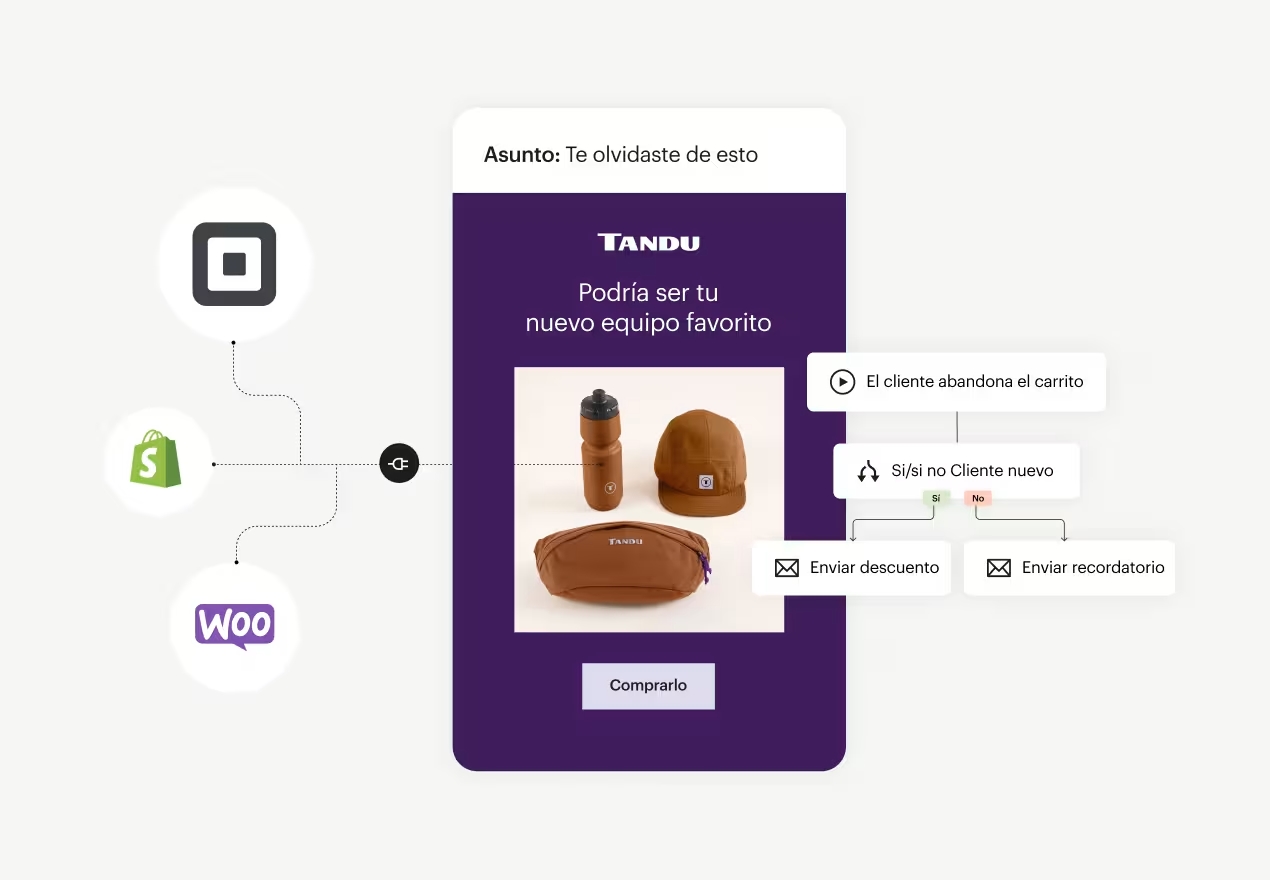
Step-by-step guide to carrying out product discovery
November 05, 2024
Nuestros servicios
HablemosTable of contents
Quick Access

Imagine a retail company wants to improve the online shopping experience, but users frequently abandon their carts. After reviewing data and collecting customer feedback, the company knows the problem is real, but it doesn't fully understand the reasons behind the abandonment or the best way to solve it. This is where the product discovery process comes in.
This methodology allows you to explore, understand and define solutions tailored to specific problems, so that you don't just implement a technology, but create a comprehensive solution that improves the customer experience and business results.
What is Product Discovery and why is it crucial?
Product discovery is the process of analysis and exploration that leads a company to identify and define the best solution for a specific problem before starting development or implementation.
This process allows you to avoid errors, optimize resources, and achieve solutions aligned with user needs and business objectives. Investing time in product discovery can make the difference between a successful product and a failed project.
Key Stages of the Product Discovery Process
1. Problem Definition and Project Objectives
The first step in product discovery is to clearly define the problem that needs to be solved. Here, teams should work closely with stakeholders to establish a deep understanding of the problem, including how it affects the business and what objectives they want to achieve.
Key Takeaways:
- Bring all stakeholders together to discuss the context of the problem.
- Define clear goals and KPIs that will guide the development of the solution.
- Ask questions like: What do we want to achieve? What metrics will indicate the success of this solution?
2. User Research
Understanding the user is critical to an effective solution. During this stage, research is conducted to understand the specific needs, motivations, and problems of end users.
Key Takeaways:
- Conduct interviews and surveys with potential users.
- Analyze behavioral patterns and friction points in the user experience.
- Create user personas or archetypes that represent different customer profiles.
3. User Process and Journey Mapping
Once the problem and users are understood, the team should map the current user process or journey to identify key moments where friction occurs or problems arise.
Key Takeaways:
- Create a user journey map that shows each stage of interaction.
- Identify friction points and analyze underlying causes.
- Document where there are opportunities for improvement in the experience.

4. Ideation and solution generation
At this stage, the team explores different ideas to solve the identified problem. Creativity and collaboration are key, as the goal is to generate a variety of possible solutions and choose the most viable ones.
Key aspects:
- Conduct brainstorming sessions to explore innovative ideas.
- Evaluate each idea in terms of feasibility, effectiveness, and alignment with objectives.
- Make a shortlist of solutions and analyze the pros and cons of each.
5. Prototyping and validation of solutions
After selecting one or more potential solutions, prototypes are created to test them with real users. This stage allows validating the effectiveness of the solution and adjusting details before entering the development phase.
Key aspects:
- Create low or high fidelity prototypes according to needs.
- Conduct tests with users and collect feedback.
- Adjust the prototype based on the comments and results obtained.
6. Review and define the final solution
With the data and feedback from the testing phase, the team can define the final solution with precision. This is the time to document the detailed plan and specifications necessary for its development.
Key aspects:
- Document each aspect of the final solution and its justification.
- Define a development roadmap, identifying phases, those responsible and deadlines.
- Ensure that the solution meets all the defined requirements and is aligned with business objectives.
Key aspects to take into account in Product Discovery
During the product discovery process, it is important to consider several aspects to ensure that the final result is effective and appropriate to the needs of the business and the user.
Interdisciplinary collaboration: Involve marketing, technology, sales and design teams to obtain diverse perspectives and avoid blind spots.
Continuous feedback: Feedback from users and stakeholders during each stage is essential to ensure that development remains on the right track.
Agility and flexibility: Maintain a continuous improvement mindset, adjusting approaches and solutions based on discoveries made at each stage.
User focus: Every decision should be based on improving the end-user experience. This ensures that the solution has a positive impact and acceptance in the market.
Review of available technology: Evaluate the tools and technologies that can support the solution, considering their cost, scalability and compatibility with current systems.

Importance of Product Discovery in software development projects
Implementing a product discovery process provides multiple benefits for both the business and end users:
- Risk reduction: Identifying and addressing potential problems at the initial stage reduces the risk of failures during the development phase, minimizing costs and wasted time.
- Alignment with business objectives: Product discovery ensures that the solution is aligned with the company's objectives and goals, maximizing its effectiveness and value.
- Resource optimization: Avoid unnecessary investments in features that do not add value and focus on those that will truly improve the user experience and results.
- Improving the user experience: By focusing on understanding users and their needs, intuitive solutions are created that increase satisfaction and loyalty.
- Facilitates decision making: By having a clear map of the process and justification for each stage, stakeholders can make informed decisions, which facilitates the implementation and acceptance of the solution.
The product discovery process is essential for any company that wants to develop effective solutions tailored to real problems. It is not just about identifying a possible technology or method, but about designing a complete and customized solution that adds value to the business and improves the user experience. This approach allows companies to be proactive, anticipate problems and build products that really make a difference.
At the end of a product discovery process, the company has a detailed plan, a deep understanding of its user and a validated solution that is ready to move on to the development phase. In short, investing in product discovery is a sure bet for obtaining successful and sustainable results in any software development project.
We recommend you this video
Related Blogs
.jpg)
AI agents boost digital marketing automation

How to handle boundary error in React
.jpg)
Node js vs JavaScript: Key differences

Common marketing automation mistakes

How can email marketing be used for lead nurturing?

